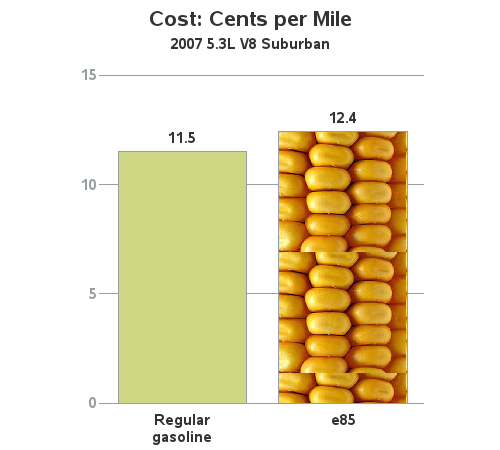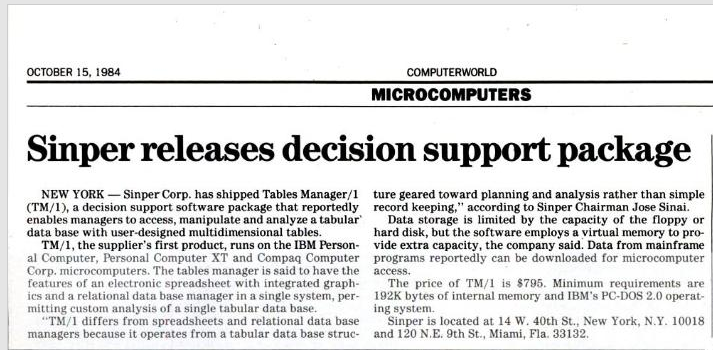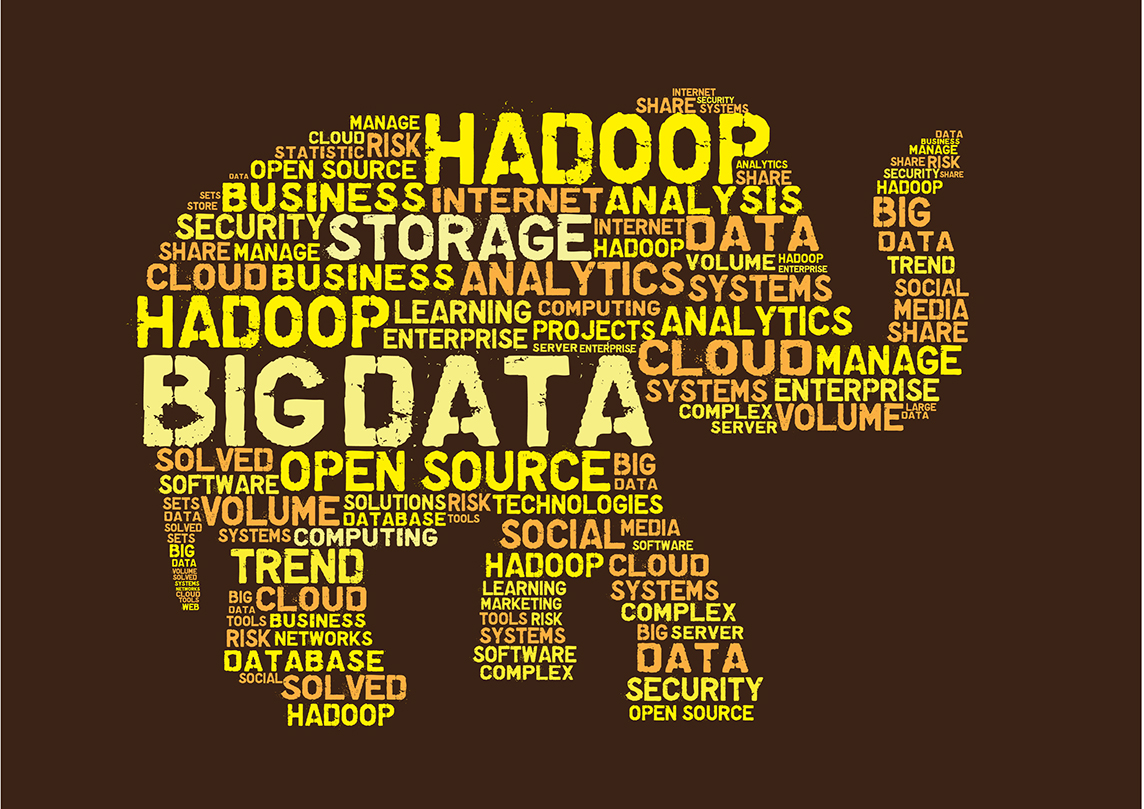All Posts

According to Lloyd Dean, president and CEO, "At Dignity Health, we are committed to developing partnerships and opportunities that harness the tremendous potential of technology, from improving the patient experience to providing caregivers with tools that will support their day-to-day care decisions." Dignity Health, one of the largest health systems

The other day the thermometer shot up to 80. I had been pulling from my winter wardrobe when the heat compelled me to put on a pair of pants I hadn’t worn for the past 6 months. Hmmm. They didn't fit as I had expected. :) Reality check. Reality checks are

I recently bought a vehicle that has FlexFuel capability and can use E85 (mostly ethanol) fuel. But can you guess whether it is more economical for me to use E85, or regular gasoline? Read the SAS analysis below to see if you guessed right! I've been the happy owner of

Did you know one of the attendees' favorite events at SAS Global Forum is to meet our bestselling authors? This year at SAS Global Forum 2016 we are planning a "Top Tips from Your Favorite SAS Press Authors" lunch where we will ask 3 or 4 authors to present a top tip

@philsimon on what we can learn about data quality from Jeff Bezos's behemoth.

Anknüpfend an meinen Einstieg in die Big-Data-Welt und nach meiner Reise in die Vergangenheit mit „In-Memory“ hat mich die Neugier gepackt. Was hat es mit anderen Technologien auf sich, die gerade dabei sind, unsere Welt zu revolutionieren? Blicken wir zunächst einmal auf „Event Stream Processing“ (ESP). Ein Thema, das gerade

The new book Business Forecasting: Practical Problems and Solutions contains a large section of recent articles on forecasting performance evaluation and reporting. Among the contributing authors is Rob Hyndman, Professor of Statistics at Monash University in Australia. To anyone needing an introduction, Hyndman's credentials include: Editor-in-chief of International Journal of

As the big data era continues to evolve, Hadoop remains the workhorse for distributed computing environments. MapReduce has been the dominant workload in Hadoop, but Spark -- due to its superior in-memory performance -- is seeing rapid acceptance and growing adoption. As the Hadoop ecosystem matures, users need the flexibility to use either traditional MapReduce

Es increíble ver cómo cada vez más organizaciones se dan cuenta de la necesidad de optimizar su atención a cliente y subir este servicio a lista de factores que representan ventaja competitiva. Sabiendo esto, un importante número de empresas han recurrido al uso de inteligencia artificial y realidad virtual. Recientes

Many of us here at SAS are hustling to prepare for SAS Global Forum set to begin April 18 in Las Vegas. This year’s agenda is shaping up to be a “can’t-miss” event. Monday, before SAS Global Forum begins, there are two SAS Certification testing events. Then after the conference

Big-Data-Definitionen und -Herleitungen à la drei, vier oder noch mehr „V”s gibt es zur Genüge, alle wohldurchdacht und stimmig. Ihnen allen gemein ist aber die generelle Einordnung des Themas als Zukunftsinitiative. Übertrieben gesagt: weg vom Rechenschieber hin zur künstlichen Intelligenz, die alles perfekt entscheidet und aus dem Nichts heraus neue

In my last post, Expert tips for first-time attendees of SAS Global Forum 2016, I asked members of the SAS Global Users Group Executive Board what advice they had for users attending SAS Global Forum for the first time. In this post, they share tips for returning attendees. Each year,

Today, I'd like to introduce a new author! Welcome Amy Rockwell to the SAS Life Blog team! Amy shares her passion for the great outdoors with SAS Employees through the RFC's Outdoor Adventure programs. In addition to finding Amy on the trails and teaching and working out at the RFC, she enjoys spending time with

At a recent TDWI conference, I was strolling the exhibition floor when I noticed an interesting phenomenon. A surprising percentage of the exhibiting vendors fell into one of two product categories. One group was selling cloud-based or hosted data warehousing and/or analytics services. The other group was selling data integration products. Of

Liz Maria Muller Junior ist aktiv im Netz unterwegs, dort vernetzt und meinungsbildend. Ihre Meinungen schätzen ihre „Follower“; das hat „ihr Data Scientist“ schon rausgefunden und ihr das Attribut „Influencer“ verpasst. Nach vielem Abmühen in seiner neuen Hadoop-Sandbox macht das ihren Data Scientist ein bisschen stolz: Eine wertvolle Neukundin wäre













